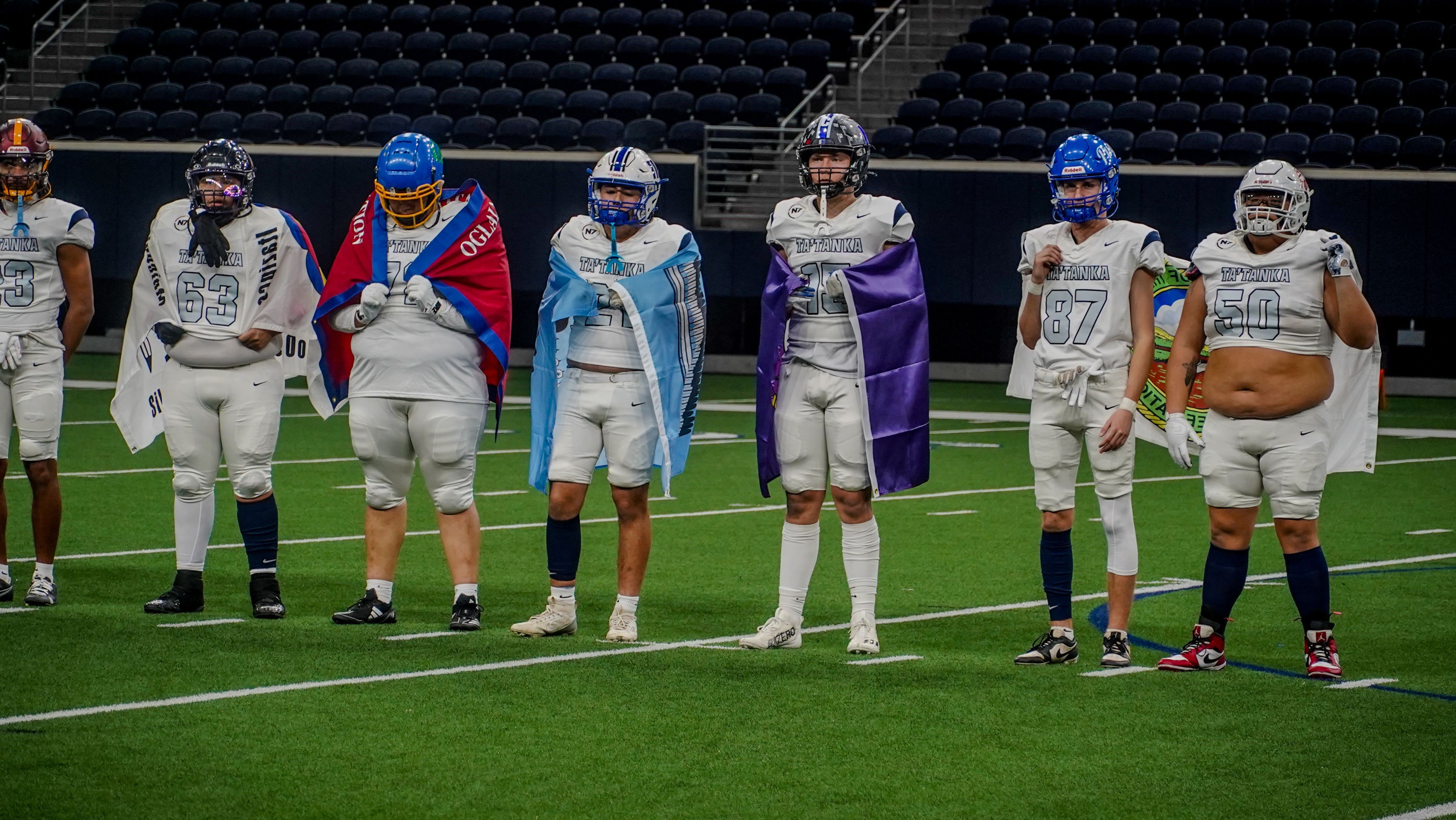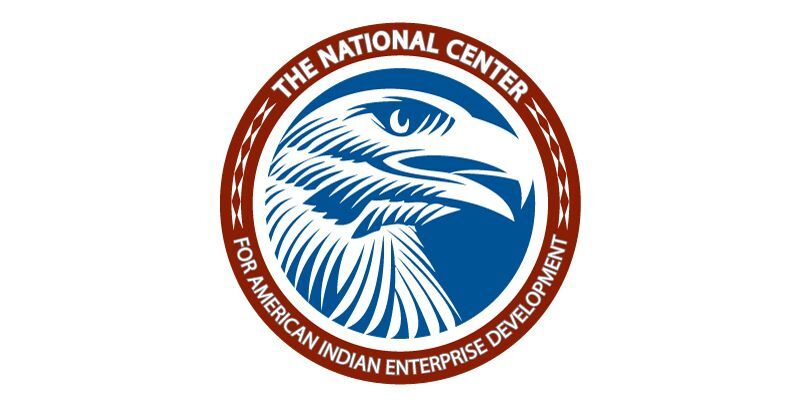
The growing success of The Native American Athletic Foundation and its football and baseball all-star games
In 2020, Michael Stopp left Capitol Hill, where he had served as Chief of Staff to then-Representative (and now Senator) Markwayne Mullin (R-OK; citizen of the Cherokee Nation), to move back home to Northeastern Oklahoma. As fate would have it, two longtime friends from the Hill left around the same time to pursue a career in government affairs – one with the National Football League, and one with the Atlanta Braves. Both entities were prioritizing improving their relationships with tribal nations.
Stopp, who is an enrolled Cherokee citizen and of Muscogee (Creek) descent, sensed an opportunity. Stopp had played sports his entire life, including football and rugby at the United States Miliary Academy at West Point. He had long understood the unparalleled ability for sports to instill leadership and character, particularly in youth. His years at the highest levels of politics meant he had relationships across industries, including professional sports.
What came next inspired the creation of The Native American Athletic Foundation NAAF, a 501(c)(3) organization that provides educational and athletic opportunities for Native American Youth. Stopp serves as Executive Director and Chairman of the Board.
Stopp was the driving force behind the creation of Native American All-Star game showcases – so far, two with the National Football League and three with the Braves. The showcase games brought student-athletes from approximately 30 tribal communities, allowing high school-age Native American athletes to both compete against each other and receive high-caliber training and instruction from Native American coaches, as well as former stars like the NFL’s Rocket Ismail and Major League Baseball’s Marquis Grissom. The competition is open to graduating seniors in football, and students in grades 10-12 for baseball.
Stopp says that talent is the only criteria the organization takes into account when considering applications. The coaches involved in the showcases rely solely on film to make their determinations, reflecting a commitment to overcome the disparity between the “haves and have nots” in Indian Country. While participants must pay their own travel expenses, once they arrive for the showcases their costs are covered. For football, in addition to the showcase games, participants go through two-a-day practices, learn a playbook, and participate in NAAF’s career and mentorship programming.
“Our real purpose is to develop leaders of character,” said Stopp. “When they leave the showcases, we want them to go back home to be good leaders in community. Our programming provides positive coping mechanisms to improve mental health, and we also have a financial literacy component. We know few of these students will play sports professionally. But if they can use sports to get into college, to prepare themselves for life beyond school, then we will have succeeded.”
The program is already showing some success, with several participants now playing at the collegiate level in both football and baseball.
The most recent all-star game was in January at “The Star” in Frisco, TX – the headquarters and practice facility for the Dallas Cowboys. From June 19-22, NAAF will be back at Truist Park in Atlanta for the next baseball all-star game. Applications for the baseball showcase can be found here. The deadline to apply is May 1. All all-star games are open to the public.
But these initial showcases are just the beginning. Stopp has had conversations with the National Basketball Association to create an all-star game for basketball. NAAF is in talks with other MLB teams to expand the program, and is engaging with the NFL to create flag football programming for young women. One of Stopp’s primary goals for the organization is to expand its offerings to young women, whether in flag football or other sports.
“I am thrilled with the early success of the Native American Athletic Foundation,” said Stopp. “But I know it’s just the beginning. I can’t wait to see where the organization goes in the years ahead, and more important, its positive impact on our future leaders.”
To learn more about the Native American Athletic Foundation, please visit https://nativeamericanathleticfoundation.org.
-###-


